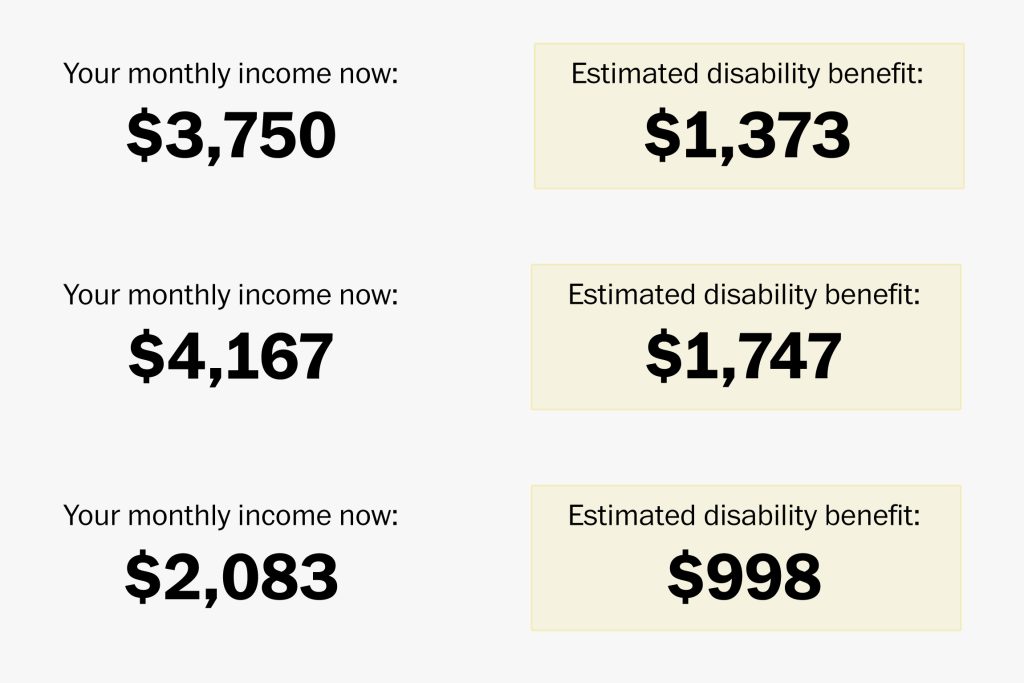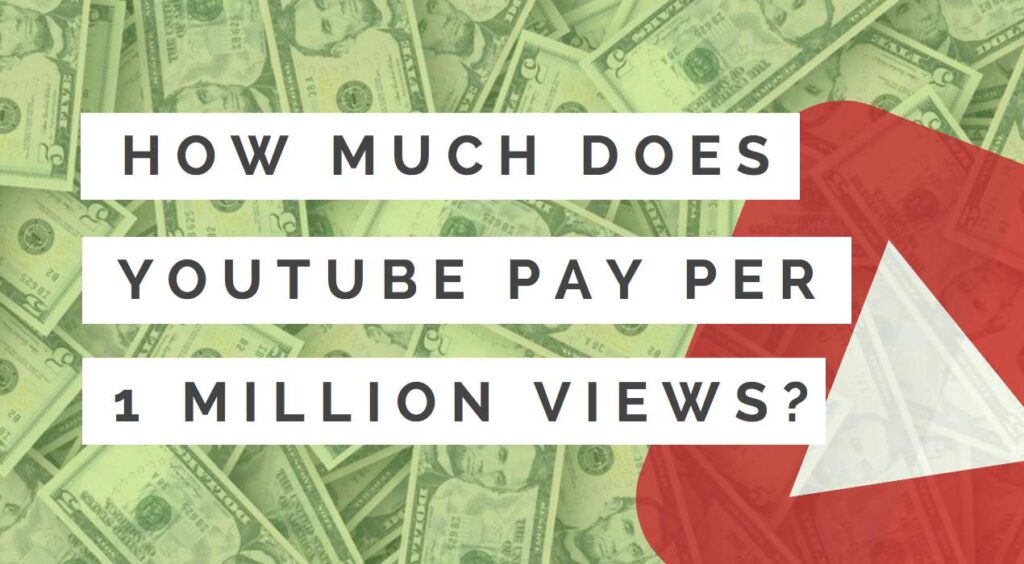Unlocking the Potential of YouTube AdSense
YouTube AdSense is a popular way for creators to monetize their videos and earn money from their online content. But how much money can you make making YouTube videos through AdSense? The answer depends on several factors, including the number of views, clicks, and engagement on your videos.
To unlock the potential of YouTube AdSense, creators need to understand how it works. AdSense is a program that allows YouTube to display ads on videos and share the revenue with the creators. The program uses a cost-per-click (CPC) model, which means that creators earn money every time a viewer clicks on an ad.
The requirements for monetization on YouTube are straightforward. Creators need to have at least 1,000 subscribers and 4,000 watch hours in the past 12 months. They also need to comply with YouTube’s community guidelines and terms of service. Once these requirements are met, creators can apply for AdSense and start earning money from their videos.
The types of ads that can be displayed on a YouTube channel vary. Creators can choose from display ads, overlay ads, and video ads. Display ads are the most common type of ad and appear as banners or rectangles on the video page. Overlay ads appear as transparent overlays on top of the video, while video ads play before, during, or after the video.
While AdSense can be a lucrative way to earn money on YouTube, it’s essential to note that the amount of money creators can make varies widely. Factors such as niche, audience engagement, and ad click-through rates all impact earnings. However, with the right strategy and content, creators can increase their earnings and build a sustainable income stream on YouTube.
Building a Loyal Audience: The Key to Increasing Earnings
Creating high-quality, engaging content is crucial for building a loyal audience on YouTube. When viewers resonate with your content, they are more likely to subscribe, share your videos with others, and engage with your channel. This, in turn, can increase your earnings on the platform.
So, how can you create content that resonates with your audience? The key is to understand your target audience and create content that speaks to their interests and needs. Conducting audience research and analyzing your viewers’ demographics, interests, and engagement patterns can help you create content that resonates with them.
Additionally, consistency is key when it comes to building a loyal audience. Regularly posting high-quality content can help you build a loyal following and increase your earnings on YouTube. This is because consistent content helps to establish your brand and build trust with your audience.
Another important factor in building a loyal audience is engagement. Responding to comments, answering questions, and interacting with your viewers can help build a loyal community around your channel. This can also help increase your earnings on YouTube, as engaged viewers are more likely to share your content and recommend your channel to others.
By creating high-quality, engaging content and building a loyal audience, you can increase your earnings on YouTube and build a sustainable income stream. While it’s difficult to estimate exactly how much money you can make making YouTube videos, building a loyal audience is a crucial step in increasing your earnings and achieving success on the platform.
For example, popular YouTubers like PewDiePie and Shane Dawson have built massive followings and earn millions of dollars from their channels. While these figures may not be typical, they demonstrate the potential for earning a significant income on YouTube with a loyal audience.
Understanding YouTube’s Partner Program: A Deep Dive
YouTube’s Partner Program (YPP) is a crucial step for creators who want to monetize their content and earn money from their YouTube videos. The program allows creators to monetize their videos through ads, sponsorships, and merchandise sales, and provides access to exclusive features and tools.
To be eligible for the YPP, creators must meet YouTube’s requirements, which include having at least 1,000 subscribers and 4,000 watch hours in the past 12 months. Creators must also comply with YouTube’s community guidelines and terms of service.
Once creators are accepted into the YPP, they can start monetizing their videos through AdSense. AdSense is a program that allows creators to earn money from ads displayed on their videos. Creators can also earn money from sponsorships and merchandise sales, and can use YouTube’s merchandise feature to sell merchandise to their audience.
The YPP also provides creators with access to exclusive features and tools, such as YouTube Analytics, which provides detailed insights into video performance and audience engagement. Creators can also use YouTube’s video monetization feature to monetize their videos through ads, sponsorships, and merchandise sales.
By joining the YPP, creators can increase their earnings on YouTube and build a sustainable income stream. However, it’s essential to note that the amount of money creators can make through the YPP varies widely, and depends on factors such as niche, audience engagement, and ad click-through rates.
For example, popular YouTubers like Markiplier and Tyler Oakley have used the YPP to earn millions of dollars from their channels. While these figures may not be typical, they demonstrate the potential for earning a significant income through the YPP.
Overall, the YPP is a powerful tool for creators who want to monetize their content and earn money from their YouTube videos. By understanding the program’s requirements, benefits, and features, creators can increase their earnings and build a sustainable income stream on YouTube.
Maximizing Your Earnings: Strategies for Success
To maximize your earnings on YouTube, it’s essential to implement strategies that increase your video’s visibility, engagement, and monetization potential. One effective way to do this is by optimizing your video titles and tags. By using relevant keywords in your title and tags, you can improve your video’s search ranking and increase its visibility to a wider audience.
Another strategy for maximizing earnings is to create eye-catching thumbnails that grab viewers’ attention and encourage them to click on your video. Thumbnails are a crucial aspect of video marketing, as they provide a visual representation of your content and can make or break a viewer’s decision to watch your video.
Leveraging social media to promote your videos is also an effective way to increase earnings on YouTube. By sharing your videos on platforms like Facebook, Twitter, and Instagram, you can reach a broader audience and drive traffic to your YouTube channel. Additionally, you can use social media to engage with your audience, respond to comments, and build a community around your channel.
Collaborating with other YouTubers is another strategy for maximizing earnings. By partnering with other creators in your niche, you can reach a wider audience, build relationships with other influencers, and create content that appeals to a broader range of viewers.
Finally, utilizing YouTube’s analytics tool can help you track your earnings and identify areas for improvement. By analyzing your video’s performance, you can gain insights into what works and what doesn’t, and adjust your strategy accordingly.
By implementing these strategies, you can increase your earnings on YouTube and build a sustainable income stream. While it’s difficult to estimate exactly how much money you can make making YouTube videos, by following these tips, you can maximize your earnings potential and achieve success on the platform.
For example, popular YouTubers like PewDiePie and Markiplier have used these strategies to earn millions of dollars from their channels. While these figures may not be typical, they demonstrate the potential for earning a significant income on YouTube with the right strategy and execution.
The Power of Sponsorships and Product Placements
Sponsorships and product placements are a lucrative revenue stream for YouTubers, allowing them to earn money by promoting products or services in their videos. This type of monetization is particularly effective for creators who have built a large and engaged audience, as brands are willing to pay for exposure to their target market.
To find brands to work with, YouTubers can use platforms like AspireIQ, HYPR, or Upfluence, which connect creators with brands looking for sponsorship opportunities. Creators can also reach out to brands directly, pitching their channel and audience as a valuable platform for promotion.
When integrating sponsored content into videos, it’s essential to follow YouTube’s guidelines and disclose the sponsorship clearly to viewers. This can be done by including a disclaimer in the video description or using a hashtag like #ad or #sponsored.
Product placements are another way for YouTubers to earn money from sponsorships. This involves featuring a product or service in a video, often in a subtle or organic way. For example, a beauty YouTuber might feature a specific makeup product in a tutorial, or a gaming YouTuber might use a particular gaming chair in their videos.
By leveraging sponsorships and product placements, YouTubers can earn a significant income from their channel. According to a study by Influencer Marketing Hub, the average YouTuber can earn between $100 and $500 per sponsored video, depending on their audience size and engagement.
For example, popular YouTubers like Shane Dawson and Jeffree Star have built lucrative careers through sponsorships and product placements. By promoting products and services to their massive audiences, they have been able to earn millions of dollars from their channels.
While sponsorships and product placements can be a lucrative revenue stream, it’s essential for YouTubers to maintain transparency and authenticity with their audience. By clearly disclosing sponsorships and only promoting products they believe in, creators can build trust with their audience and maintain a loyal following.
Affiliate Marketing: A Lucrative Opportunity for YouTubers
Affiliate marketing is a popular way for YouTubers to earn money by promoting products or services from other companies. By joining affiliate programs, creators can earn a commission for each sale or referral made through their unique affiliate link.
To get started with affiliate marketing on YouTube, creators can join affiliate programs like Amazon Associates, ShareASale, or Commission Junction. These programs offer a wide range of products and services to promote, and provide tools and resources to help creators succeed.
When promoting products in videos, creators should clearly disclose their affiliation with the product or service provider. This can be done by including a disclaimer in the video description or using a hashtag like #affiliate or #sponsored.
Affiliate marketing can be a lucrative opportunity for YouTubers, especially those with a large and engaged audience. By promoting products that align with their niche and audience interests, creators can earn a significant income from affiliate marketing.
For example, popular YouTubers like Michelle Phan and Jeffree Star have built successful affiliate marketing businesses by promoting beauty and makeup products to their massive audiences. By earning a commission for each sale made through their affiliate link, they have been able to earn millions of dollars from affiliate marketing.
When it comes to how much money you can make making YouTube videos through affiliate marketing, the answer varies widely. However, with the right strategy and execution, creators can earn a significant income from affiliate marketing. According to a study by Influencer Marketing Hub, the average YouTuber can earn between $100 and $500 per affiliate sale, depending on the product and audience size.
By incorporating affiliate marketing into their monetization strategy, YouTubers can diversify their income streams and build a sustainable business on the platform.
Merchandise and Licensing: Additional Revenue Streams
Merchandise and licensing are two additional revenue streams that YouTubers can explore to earn money from their channel. By creating and selling merchandise, such as t-shirts, hats, or other products, creators can earn a significant income from their audience.
To create and sell merchandise, YouTubers can use platforms like Teespring, Redbubble, or Shopify. These platforms allow creators to design and sell merchandise without having to hold any inventory, making it a low-risk and low-cost way to earn money.
Licensing is another way for YouTubers to earn money from their content. By licensing their content to other media companies, creators can earn a fee for each use of their content. This can include licensing music, footage, or other creative assets.
For example, popular YouTubers like PewDiePie and Markiplier have built successful merchandise businesses by selling products to their massive audiences. By creating and selling merchandise, they have been able to earn millions of dollars from their channels.
When it comes to how much money you can make making YouTube videos through merchandise and licensing, the answer varies widely. However, with the right strategy and execution, creators can earn a significant income from these revenue streams. According to a study by Influencer Marketing Hub, the average YouTuber can earn between $100 and $500 per month from merchandise sales, depending on the size of their audience and the type of products they sell.
By incorporating merchandise and licensing into their monetization strategy, YouTubers can diversify their income streams and build a sustainable business on the platform.
Additionally, merchandise and licensing can also help creators to build a stronger connection with their audience, by providing them with a way to show their support and loyalty to the channel.
Real-Life Examples: How Much Money Can You Make on YouTube?
While it’s difficult to provide an exact figure on how much money can be made on YouTube, there are many successful creators who have built sustainable incomes on the platform. These individuals have leveraged various monetization strategies, including AdSense, sponsorships, affiliate marketing, and merchandise sales, to earn significant amounts of money.
One notable example is PewDiePie, a Swedish YouTuber who has been the most-subscribed creator on the platform for several years. With over 100 million subscribers and billions of views, PewDiePie earns an estimated $50 million to $60 million per year from AdSense alone. Additionally, he earns money from sponsorships, merchandise sales, and affiliate marketing, bringing his total annual income to over $100 million.
Another successful YouTuber is Shane Dawson, who has built a massive following across multiple channels. With over 40 million subscribers and billions of views, Dawson earns an estimated $15 million to $20 million per year from AdSense. He also earns money from sponsorships, merchandise sales, and affiliate marketing, bringing his total annual income to over $30 million.
Beauty and lifestyle YouTuber, Jeffree Star, has also built a lucrative business on the platform. With over 15 million subscribers and millions of views, Star earns an estimated $10 million to $15 million per year from AdSense. He also earns money from sponsorships, merchandise sales, and affiliate marketing, bringing his total annual income to over $20 million.
While these figures may seem impressive, it’s essential to note that they are exceptions rather than the norm. Most YouTubers will not earn anywhere near these amounts, and success on the platform requires dedication, hard work, and a well-thought-out monetization strategy.
However, with the right approach, it is possible to earn a sustainable income on YouTube. For example, a YouTuber with 1,000 to 10,000 subscribers and 100,000 to 1 million views per month can earn an estimated $1,000 to $10,000 per month from AdSense. Additionally, they can earn money from sponsorships, affiliate marketing, and merchandise sales, bringing their total monthly income to $5,000 to $50,000 or more.
Ultimately, the amount of money that can be made on YouTube depends on various factors, including the size and engagement of the audience, the niche or topic, and the monetization strategies employed. By creating high-quality content, building a loyal audience, and leveraging various revenue streams, it is possible to earn a significant income on the platform and turn a passion into a career.







